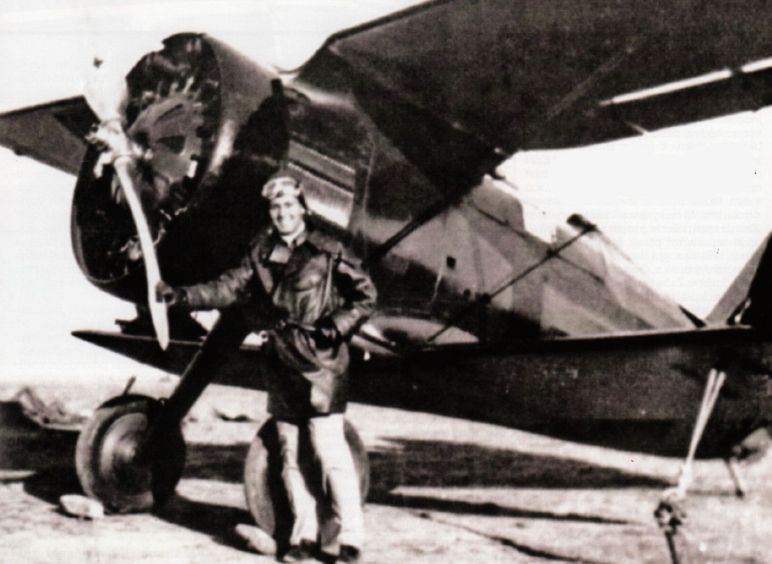
In the Spanish sky - Polikarpov I-15
The true legend of the air battles of the Spanish Civil War became the Soviet biplane fighter Polikarpov 1-15, in the ranks of the Republican Air Force called Chato.

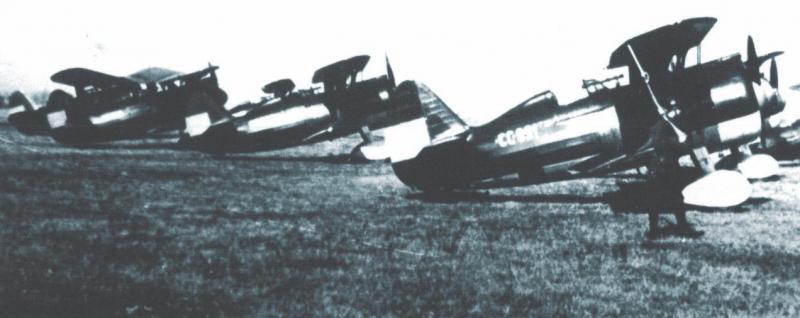
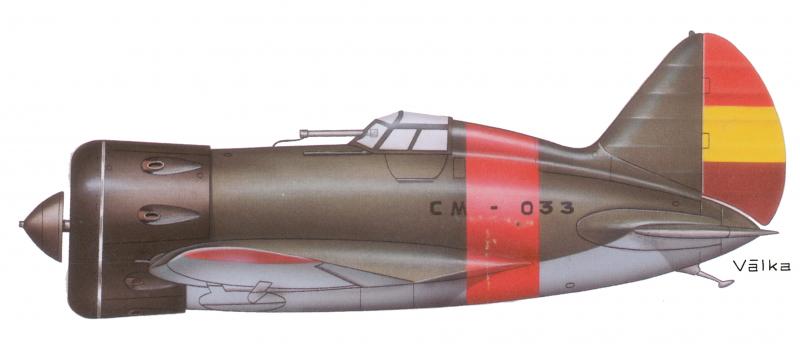
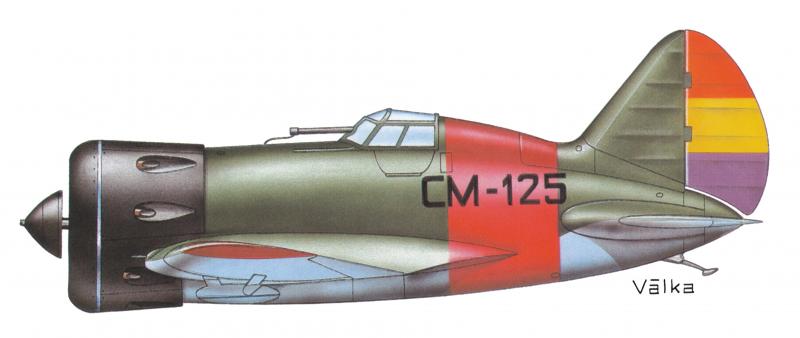
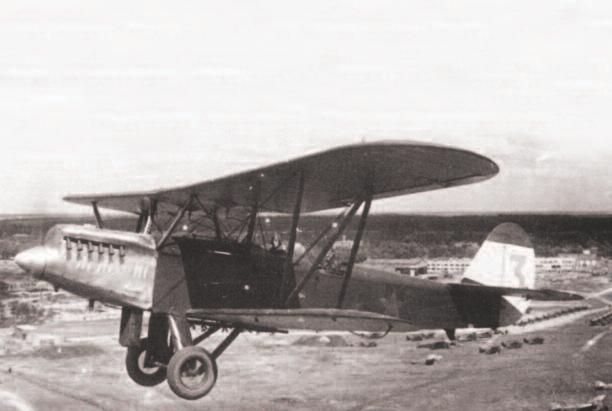
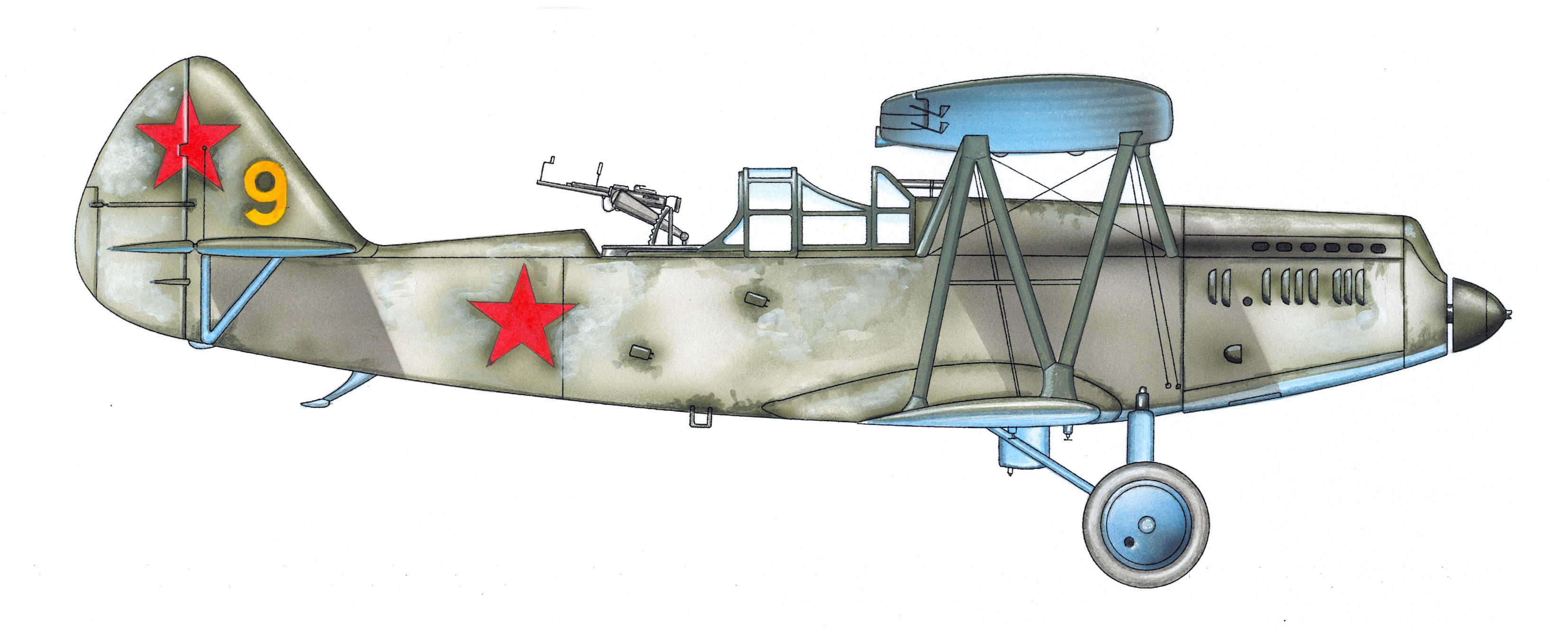
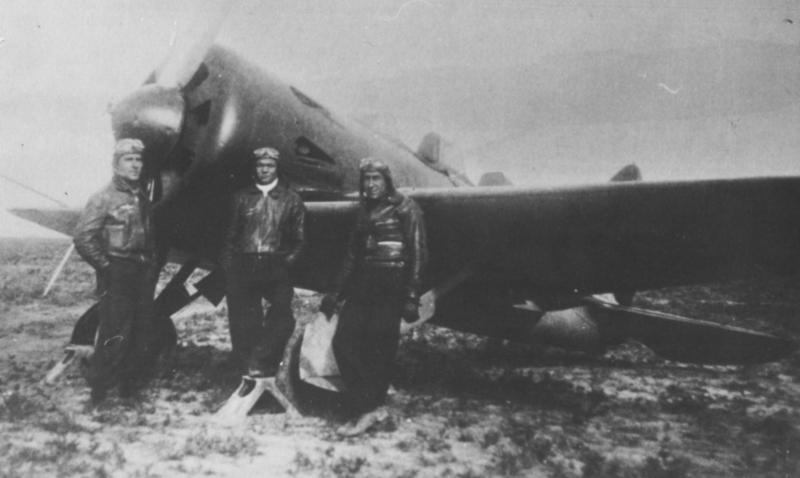
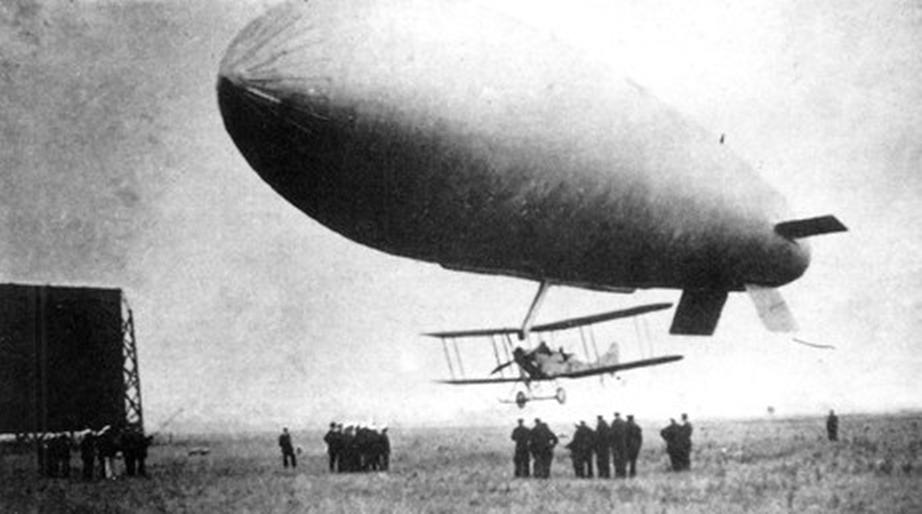

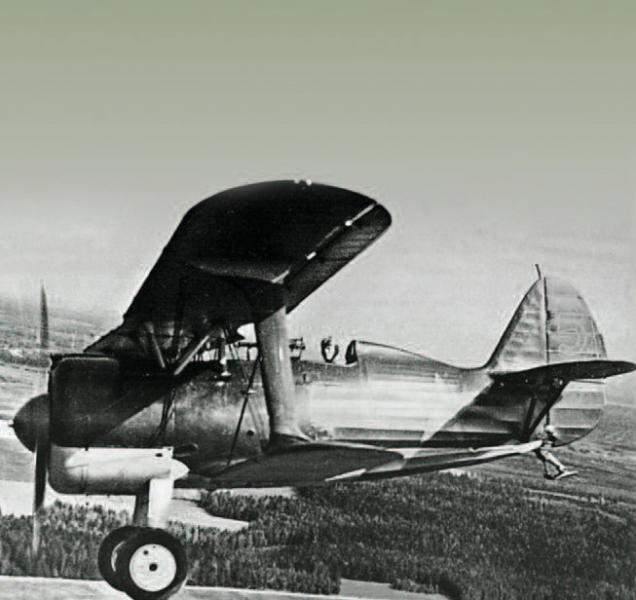

We believe that there are people with different interests and experiences who could contribute their knowledge and ideas. If you love military history and have experience in historical research, writing articles, editing text, moderating, creating images, graphics or videos, or simply have a desire to contribute to our unique system, you can join us and help us create content that will be interesting and beneficial to other readers.
Find out more